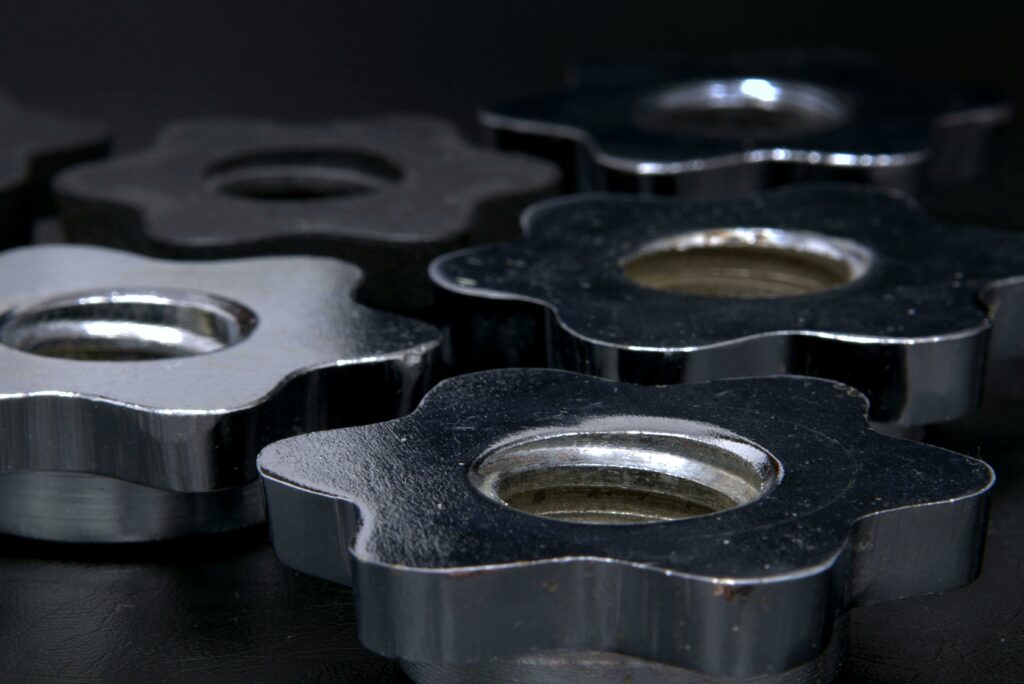Modern Industrial Machinery’s Smart, Sexy Universe (Yes, Really!)
To be fair, “exciting” is likely not the first word that springs to mind when you consider “industrial machinery.” But what if I told you today’s factories are less Charlie and the Chocolate Factory (without the Oompa Loompas) and more Tony Stark’s workshop? Welcome to the age of smart factory technology, when machines don’t merely clank and hum—they think, foresee, and even mend themselves (well, almost).

Gone Are the Days of “Dumb” Equipment
Remember when factory machinery ran one task continuously until it failed? Modern industrial equipment is like giving your old, dependable workhorse a PhD in robotics. Consider developments in CNC machining: with accuracy measured in microns—that’s thinner than a human hair for us non-engineers—these computer-controlled equipment can now switch between complicated tasks quicker than a barista during morning rush hour.
Introducing the Cobots: Your New Colleagues
No, that is not a typo. Designed to work alongside people without the whole “accidentally taking over the world” atmosphere, collaborative robots—cobots—are the nice face of automation. Ultimate partners, they are strong enough to move large components, clever enough to pick up new duties, and unlike your office buddy Steve, they never take coffee breaks. Cobots are gradually transforming factories all over from assembling auto components to packing gourmet chocolates.
Digital Twins’ Magic
This is where the science fiction starts. Digital twin technology builds a virtual clone of your actual system that updates in real time. You can test modifications, forecast malfunctions, and maximize performance without ever touching the real thing, much like having a crystal ball for your equipment. Imagine it as The Sims for engineers, less the sad pool-ladder mishaps.
AI That Sees Defects Before People Can
Have you ever looked at a product till your eyes crossed attempting to find a flaw? AI-driven quality control technologies accomplish that in milliseconds, detecting minuscule fractures or color changes with unsettling accuracy. Some systems even evolve over time, becoming more intelligent with each inspection. It’s like having a superhero with X-ray vision on your production line—minus the cape.
Factories That Communicate Among Themselves (Seriously)
IoT-enabled industrial equipment has allowed robots to disseminate data like gossip at a high school reunion. All input into centralized systems: temperature sensors, vibration monitors, and energy trackers, allowing managers to maximize all from energy use to maintenance plans. Imagine your coffee machine messaging you when it runs out of beans; that’s the degree of connection we mean.
Why This Is Important Beyond Cool Factor
All this technology is not only for bragging rights. By avoiding unnecessary downtime, predictive maintenance can save millions. Energy-efficient industrial equipment cuts running costs and carbon footprints. What about autonomous guided vehicles (AGVs)? Basically Roomba’s big brothers, they move goods without lunch breaks or complaints.
The Future Has Already Arrived
Modern industrial technology is changing the game of manufacturing from conveyor systems that reroute themselves in real time to 3D printing whole automobile frames. The greatest part is This is happening right now in factories producing everything from life-saving medications to iPhones, not some far-off future.
So the next time you hear the hum of a factory, keep in mind: behind those walls could be the most sophisticated office on planet. If only someone could show those cobots how to get coffee now…







